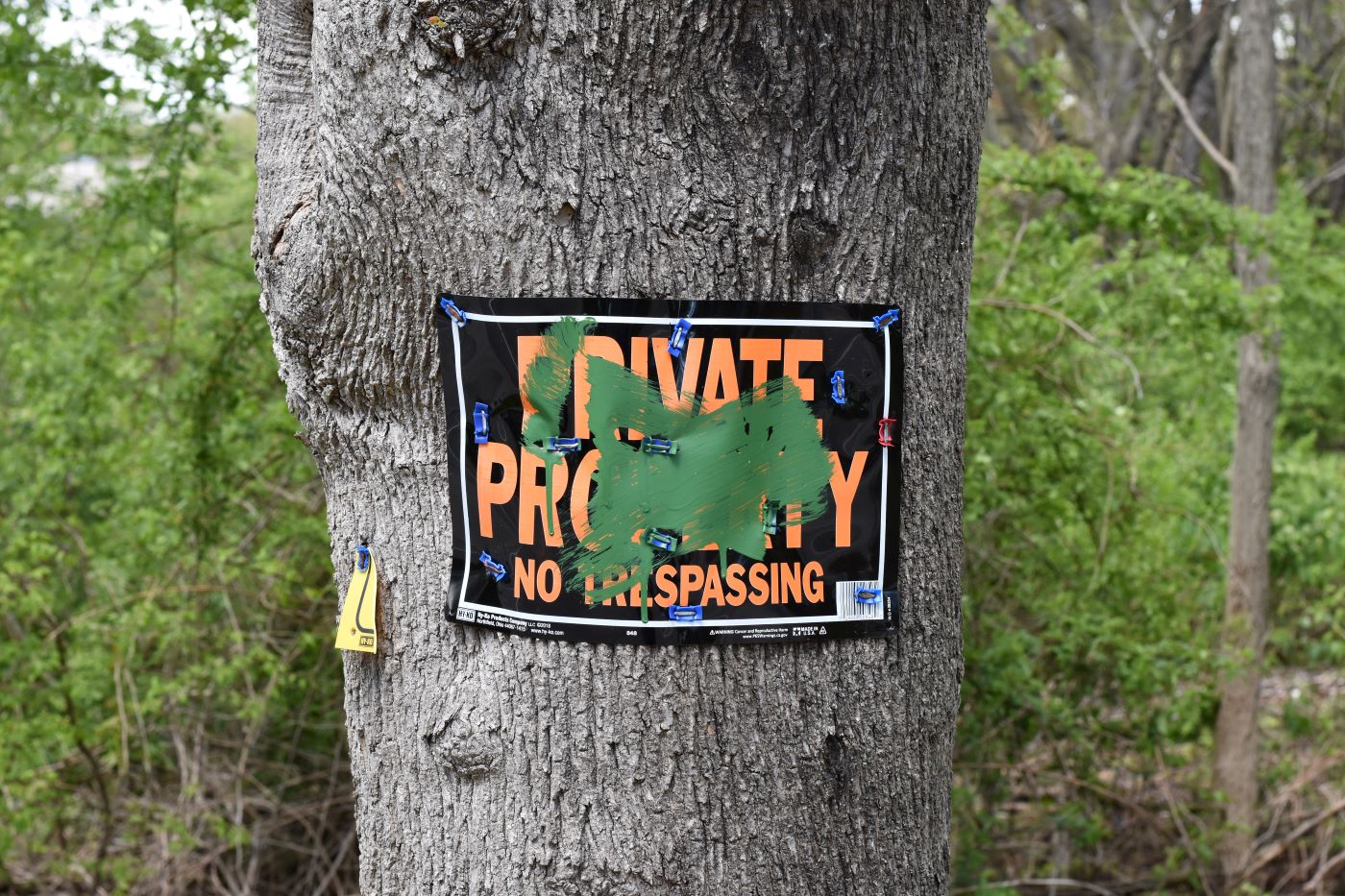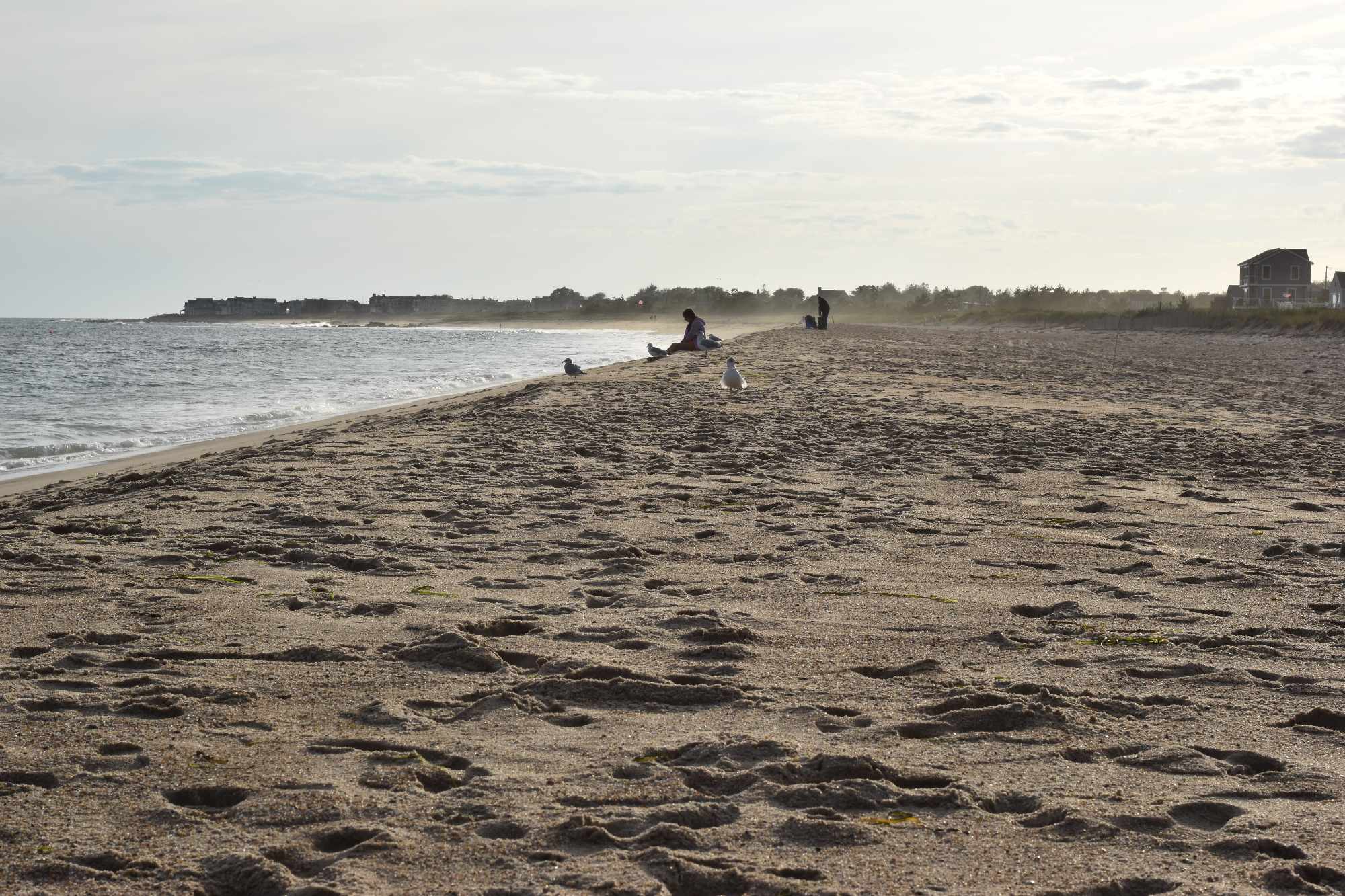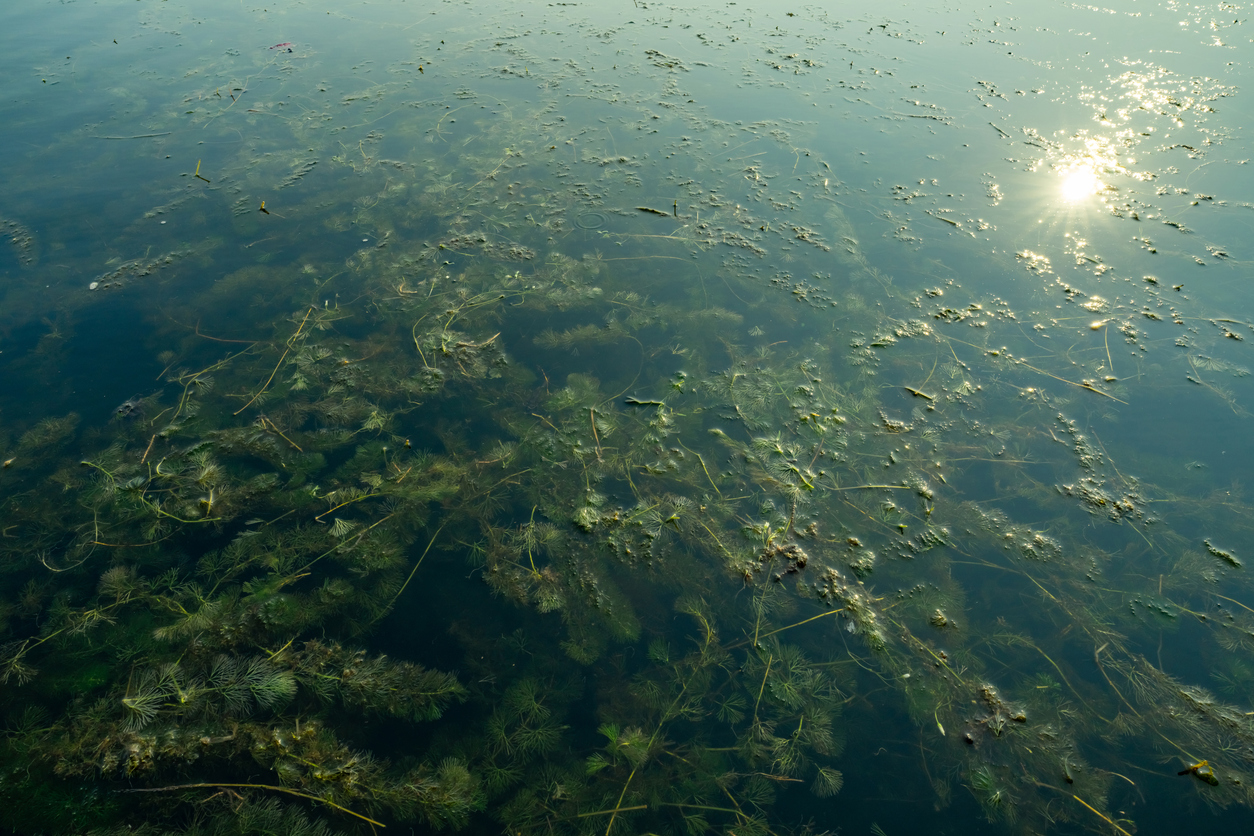Allergies Are in the Air, but What’s to Blame?
May 1, 2023
With the scent of spring flowers filling the air come the sounds of sneezes.
It’s allergy season, again, in Rhode Island, and although sufferers might think they know what’s causing the sneezing and sniffling, the answers might not be so obvious.
The plants that commonly cause seasonal allergies are wind-pollinated, according to University of Rhode Island plant sciences professor Brian Maynard. The pollen of those plants is very small and hangs out in the wind, causing the running noses and itchy eyes so common in early spring.
Plants that use bees, birds, and other animals to pollinate aren’t the culprits, he said. Their pollen tends to be a lot heavier and stickier and doesn’t get into the air.
“I guess if you stuck your face in the middle of a plant, maybe you’d react to it,” he said.
In the spring and early summer, it’s mostly trees and grasses that cause allergies, according to Maynard.
But that doesn’t stop blame from falling at the roots, or rather the flowers, of other plants.
“We tend to blame plants that are insect-pollinated because those are the ones that have showy flowers,” said professor Rebecca Brown, chair of URI’s Plant Sciences and Entomology Department. “Most of our wind-pollinated plants do not have showy flowers.”
The conspicuousness of a plant like the keystone species goldenrod, which blooms in the fall, makes it a scapegoat for the real problem: ragweed, whose tiny, wind-pollinated flowers fly under the radar, she said.
Brown said both native and non-native plants are offenders.
Common seasonal allergy triggers listed by the American College of Allergy, Asthma & Immunology include both invasive (burning bush and mugwort) and native (cocklebur and pigweed) plants.
A large group of non-native, wind-pollinated plantings “could introduce pollen at a time when there wasn’t previously,” Brown said, but aren’t more likely than native plants to cause a runny nose.
It’s also true that some non-native plants might create more pollen in a stressful environment, but that’s not true for those plants across the board. “There’s no sort of generalization that you could draw there,” she said.



